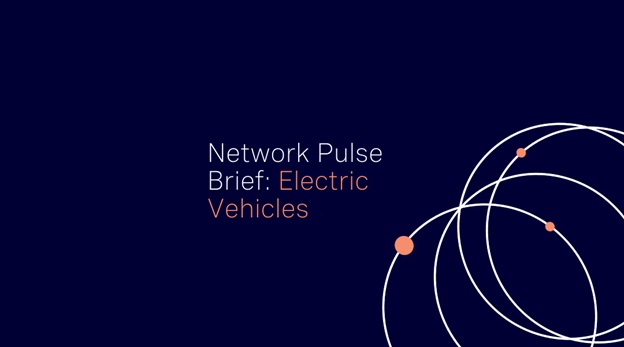Rising electricity prices in Europe and the US slowing down adoption rates of electric vehicles? Are government incentives (such as the US Climate Bill) leading to increased investments thus helping lower production costs and the overall cost of the vehicles that will encourage adoption despite higher electric prices?
CHIEF ENGINEER AT A MULTINATIONAL AUTOMOTIVE COMPANY
Electricity prices are rising but so are petrol and diesel prices. The BEV efficiency is 4 times of an ICE vehicle. Combustion engine losses are 80% and electricity just 20% based on statistics of (WTT, LBST, IEA, World bank) and calculations of Transport and Environment. Statista registration is slowed down because of supply chain issues, not the energy crisis. The new registered BEV in Germany is estimated compared to 2021 ~ also PWC confirms that the first 2 quarters will show doubled registrations in China and Turkey and several other countries. The Climate Bill and the European Green Deal keep incentives for BEV and vehicles high. They are sold out for most models. Efficiency and better technology will reduce some production costs e.g. no Cobalt in LFP, substitutes for graphite or some parts of lithium, better chemistry or low-weight materials but increasing prices for materials (also unstable supply chains) like copper, lithium, etc. As a result, I predict stable and stable to increasing costs for future vehicles in favor of the OEMs in terms of margins. I don’t see energy prices to prevent a long-term transformation of mobility to EV; plans for 2035 are set.
CEO OF A CONSULTING FIRM
Rising electricity prices overall are not affecting EV adoption rates. EV adoption should continue to increase as more reliability and diverse product offerings are made available to the public. The US climate bill will have a double effect on the adoption of EVs by increasing manufacturing activities in EVs as well as buying incentives. As more EVs become available, there will be a snowballing effect of more product offerings, lower pricing, and more reliability of vehicles and charging infrastructure. The unpredictability of gasoline prices adds to drive EV adoption as well.
BUSINESS SOLUTIONS ADVISOR WITH 35+ YEARS OF EXPERIENCE IN THE AUTOMOTIVE INDUSTRY
Rising energy prices are a concern. It will have an impact on the EV adoption rate and EV sales growth rate. When more solar-powered charging stations are made available, and the battery charging time is reduced, the adoption of EVs will pick up faster. Government initiatives for green energy will boost solar-powered charging stations at least in hot geographies. Subsidies will have to be made in colder places where solar power is not available seasonally. In the short term, the governments will have to incentivize EV purchases with some credit or cash to enable the fast pace of EV adoption thus reducing pollution. Also encouraging innovation in battery technology, and charging technology to improve the range on a single charge will help EV sales growth. Unless government subsidies are given for EVs the adoption will be slower than projected goals and will set back climate change goals. The subsidy can be to EV manufacturers or end customers with direct vouchers and also tax breaks for the exchange of older gasoline/diesel models for an EV purchase. Incentivize the buyer and it will work.

